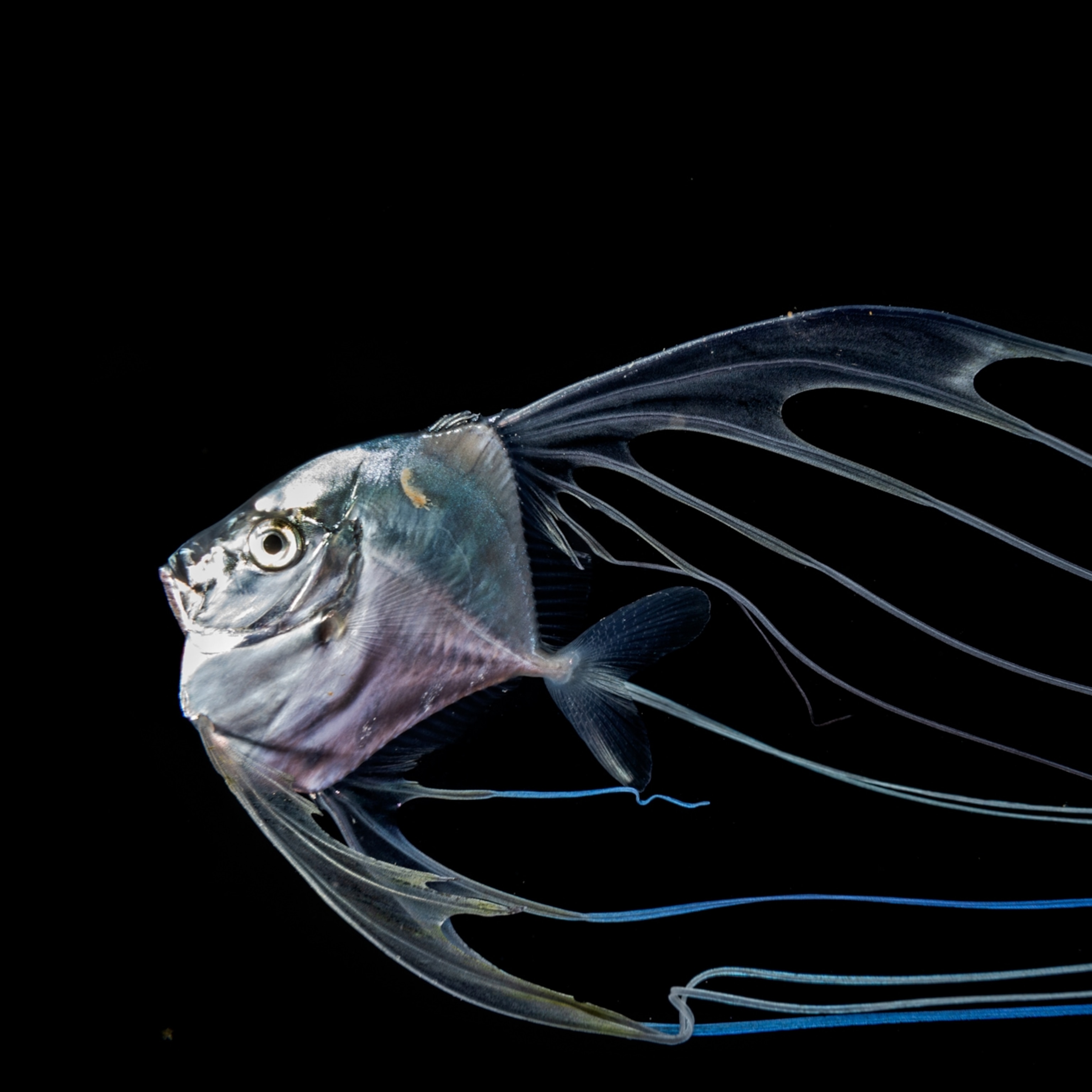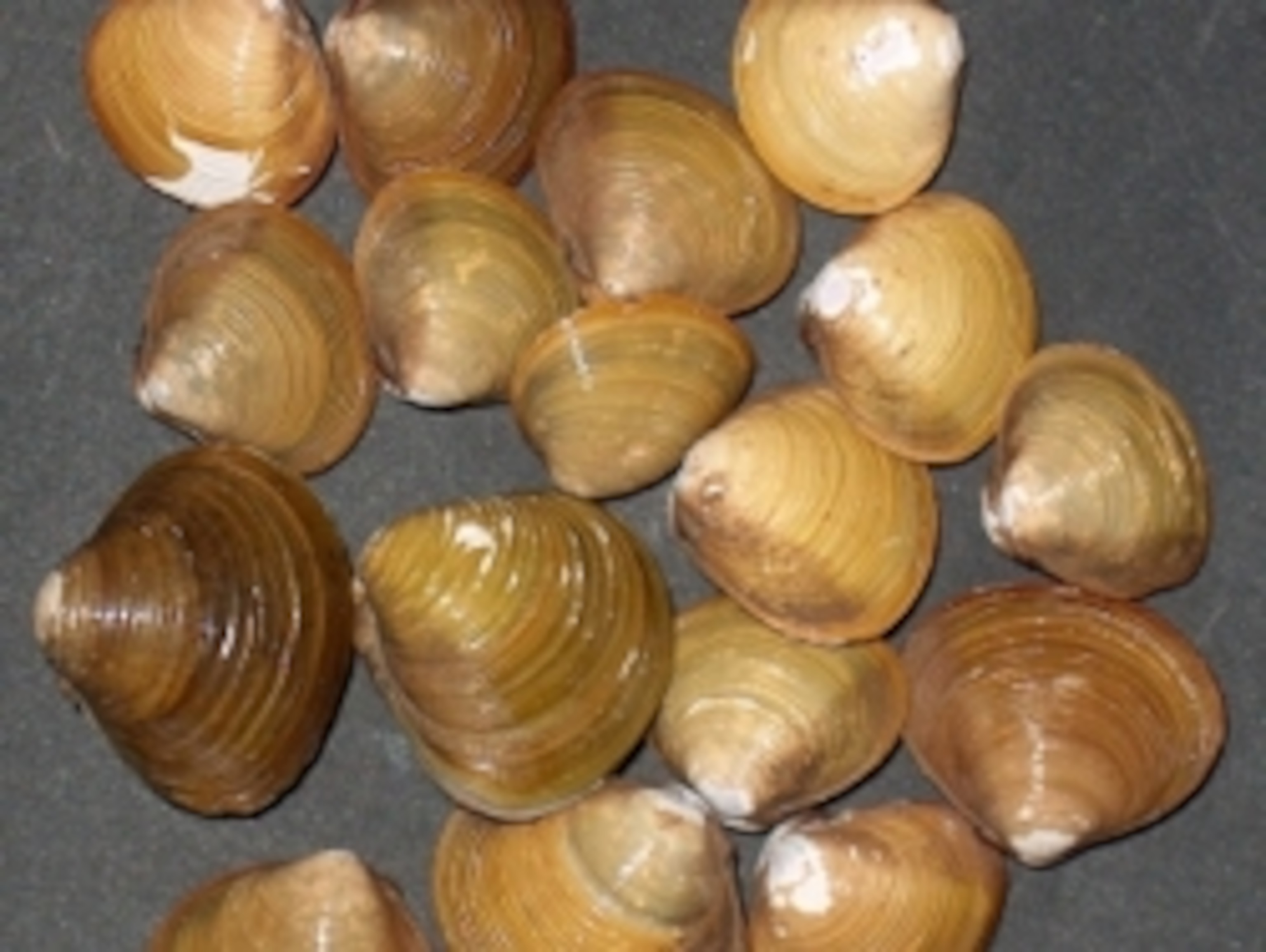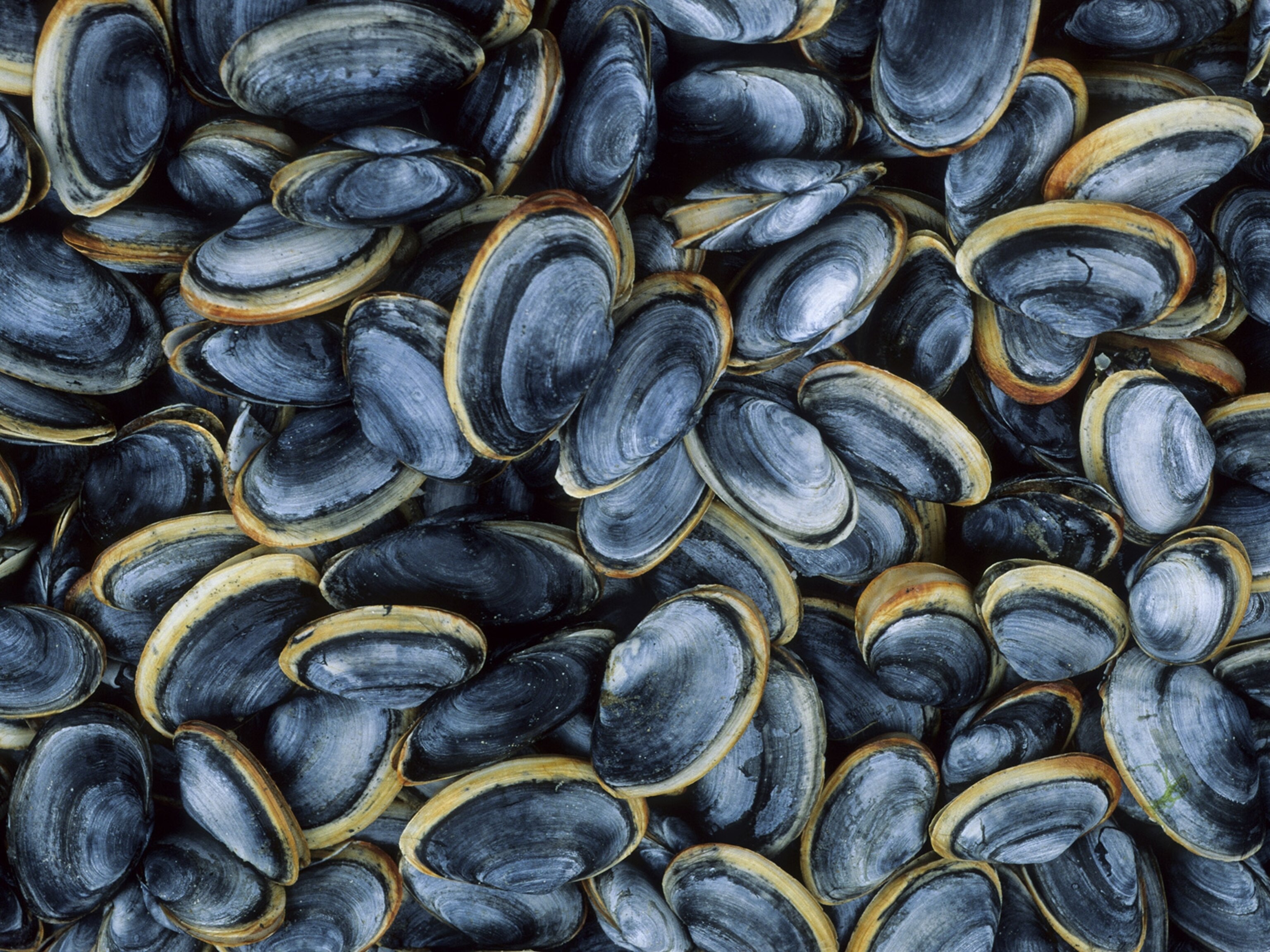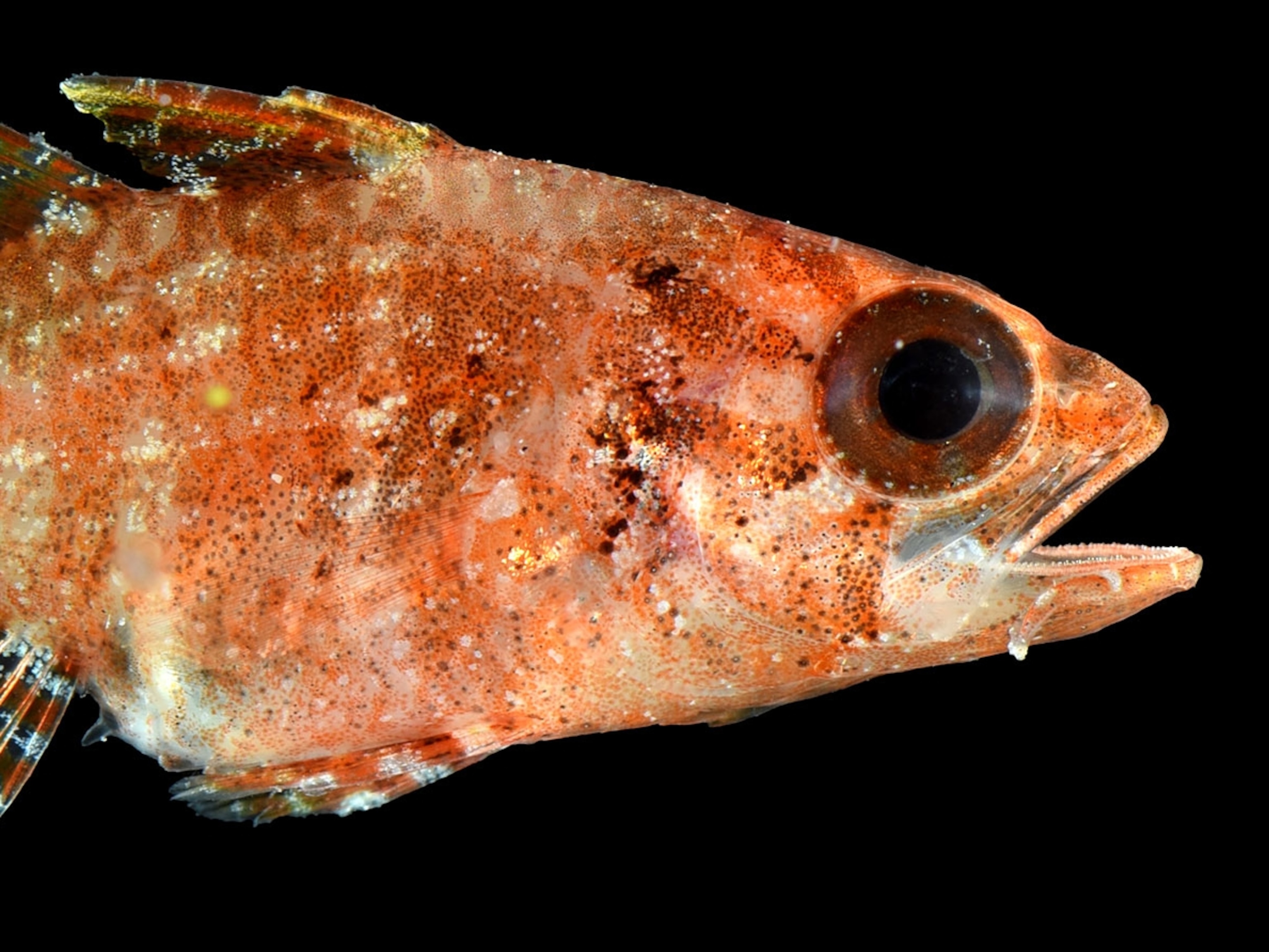
Meet the Clam Cake
There are few foods so local, they are only found in one state. Rhode Island's favorite fritter is one of them, and it's worth seeking out.
All Rhode Island clam shacks offer a certain dish that distinguishes them from similar seafood joints across New England. This is the clam cake, a kind of a seafood-studded cross between a beignet and a hushpuppy, and ideal for dunking in either clear Rhode Island-style or creamy New England clam chowder. Clam cakes are not to be confused with Maryland and Virginia crab cakes. But nobody quite knows how they came to be.
The savory clam cake fritters are doled out from take-out windows by the dozen or half-dozen, served in greasy paper bags or piping hot in a wax-paper lined basket, all year long. The key is to enjoy them hot. Their bread-like texture features a chewy interior enveloped by a thick and crunchy outer crust.
The ingredients are simple— flour, water, baking powder, clam juice, and chopped or minced clams. Some restaurants also add cornmeal, egg, milk, or a bit of sugar to the mixture. The dough is then scooped into a round shape and thrown into the deep fryer until golden. But they rarely emerge from the hot oil as perfect spheres. Some of the clam morsels are pulled to the edges during cooking and produce tiny, irregular lumps.
True Rhode Island clam cakes are studded specifically with quahogs. The monster mollusk is like the stewing hen of the clam family. It was actually declared the state’s official shellfish in 1987 and populates the sand of Rhode Island’s numerous beaches. The Native American Wampanoag tribe was known for using the purple interiors of the quahog shell as currency or wampum, but European settlers didn’t have much use for the tough quahog outside of making chowder.
That changed with the invention of the clam cake. Legend has it that Aunt Carrie’s, a clam shack operating in Narragansett since 1920, was first responsible for making them. Brought up on a farm in Connecticut, owner Carrie Cooper made use of any available ingredient, including the quahogs her children collected along the shoreline. At first she made chowder with them and then also began substituting shellfish for the corn in her fritter recipe.
Aunt Carrie’s still does a brisk business selling a slew of New England seafood classics to beachgoers. Yet current owner Elsie Foy hasn’t found any real documentation that proves Carrie Cooper invented the clam cake.
Rhode Island food historian David Norton Stone, who traveled around the state tasting clam cakes for his book, Clamcake Summer: One Man Eats Every Clamcake in Rhode Island (Or Dies Frying), unearthed several recipes by home cooks dating back to the 19th century. It’s likely that many Rhode Island natives, known for their frugal Yankee ways, experimented with adding the tricky quahog to their fritter recipes.
Stone’s personal love affair with clam cakes began with summers spent at Rocky Point, about 15 miles outside of Providence. The waterfront amusement park opened in 1847 and started serving food long before Aunt Carrie’s. Inside Rocky Point Shore Dinner Hall, doughnut hole-sized balls of clam cake batter were shot from guns into hot oil. Mountains of golden fritters, smaller in size than those found elsewhere, were served alongside bottomless bowls of chowder.
The exact year Rocky Point began serving clam cakes remains unknown, but their memorable presence cemented them in Rhode Islanders’ collective nostalgia, especially since the beloved amusement park closed in 1995. (Settle in for this movie-length YouTube love letter to the park.)
Stone, who once worked at Rocky Point, believes the park left a legacy of smaller clam cakes served along the northern reaches of Narragansett Bay. Aunt Carrie’s, along with other hallowed southern Rhode Island (known as “South County” to locals) clam shacks like George’s of Galilee and Champlin’s, serve clam cakes more the size of a tennis ball.
Regional differences don’t stop with girth, though. Linda Beaulieu, author of The Providence and Rhode Island Cookbook: Big Recipes from the Smallest State, says across the Narragansett Bay in Newport, the clams tend to be minced instead of chopped. There, and in other communities west of the bay, like Tiverton and Warren, it’s more common to find clam cakes enjoyed with a sprinkling of malt vinegar and salt. “A true South County person will just eat them plain,” says Foy, although a few Aunt Carrie’s customers request a side of tartar sauce.
The amount of seafood used in a recipe is left up to the restaurant’s preference, so a clam cake’s quality isn’t necessarily determined by how many chewy bits are in the fritter. “I don’t like too many clams in my clam cakes,” says Stone, “but some people will complain if they don’t see many. You hardly ever found a clam at Rocky Point.” Foy says the recipe at Aunt Carrie’s has largely stayed the same during its 95 years in business, save for adding more clams to the dough at the urging of customers.
Clam cakes remain a seafood dish that even picky children, tired and hungry from a long day at the beach, will eat because the clam pieces are so small they’re almost indiscernible. They remain an integral part of old Rhode Island clam shacks like Aunt Carrie’s that serve quick and satisfying meals to beachgoers still covered in sand and too exhausted from a day in the sun to clean up for dinner.
“What I really give Aunt Carrie’s credit for is inventing the clam shack itself with clam cakes and chowder,” says Norton. “[Cooper] invented a really special recipe and the notion of the clam shack itself.” This Rhode Island specialty is now slowly sneaking across the border into Connecticut and the South Coast of Massachusetts, but it still remains a required menu item at all clam shacks within the country’s smallest state.
Meredith Bethune is a food, beverage, and travel writer who has written for Lucky Peach, Eater, AFAR, Condé Nast Traveler, National Geographic Traveler, and more. She's also a native Rhode Islander. Find her on Twitter and Instagram.








